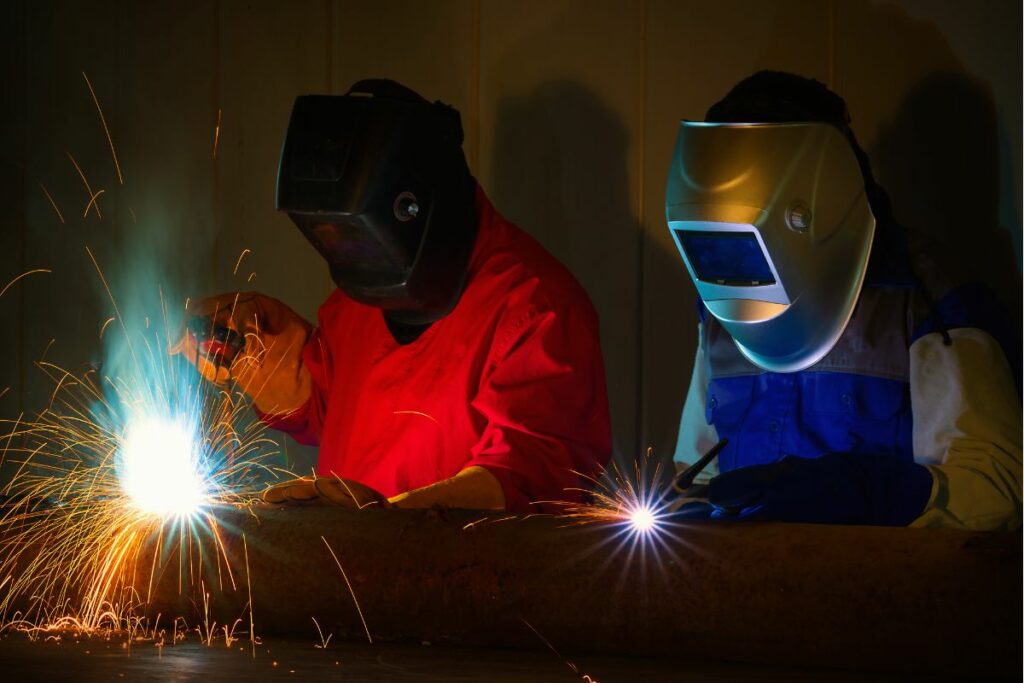
Welding is a highly-technical craft reserved for the skilled and qualified. And rightly so, they deal with many hazards in the workplace. It doesn’t matter if you’re a professional welder for many years or decades even, the same precautionary measures apply as with the ones just starting out in the trade.
In this blog, we’ve rounded up some key pointers to note when it comes to health and safety for welders.
While uniforms are not exactly what you’d refer to as fashionable, they are often implemented for a reason. One: it implies branding. Two: it cultivates unity among peers. When it comes to welding, protective gear would be the equivalent of uniforms. They are necessary for your safety and those around you. Ensure that you wear the proper protective gear such as fire-retardant clothing, shoes, ear muffs or plugs, and gloves. And when necessary, even a respirator.
As a rule of thumb, never start welding without ample and proper ventilation. Without it, you risk gathering air contaminants that could eventually be flammable or combustible when contained in one place. To avoid costly and even deadly accidents, this is key area that’s not to be missed.
Part of precautionary measures is to regularly check your equipment and worksite often and on the regular. During busy seasons when perhaps you get a high volume of projects, it can be easy to forego maintaining your worksite. While that can be understandable, it takes a great amount of discipline and commitment to safety to still prioritise checking for safety belts, railings, scaffoldings and clearing the platforms and pathways for everyone at work.
Similarly when someone runs the hot water on tap and wishing someone said something before you turn the faucet on, it’s only good practice to devise some form of communication for certain equipment after use. For example, consider putting a “hot” warning label using soapstone or other form of mechanism to show the metal is hot after completing a project.
Lastly but not the least: keep a complete and well-stocked First Aid kit at all times. Unfortunately, even when you remain vigilant and proactive with your precautionary measures, nobody knows when accidents will happen. So for when they do, you have at least a first aid kit you can access.
The thing with having a healthy and safe work environment whether for NZ welders or in general is that, it doesn’t stop evolving. There are practices that are tried and tested while there are those that require changes over time. It is best practice to keep training and not growing complacent, and also to stay updated with the welding industry and community.
It’s not unknown to people that welding requires technical skills and that as a welder, you work with different equipment in a high-risk environment. However, while that be the case, there are still many things you can do to keep a safe (with less worries) welding worksite and environment. The items above are just some key pointers and a good starting point. You can always add more that can apply to the contexts and operations of your team and company.